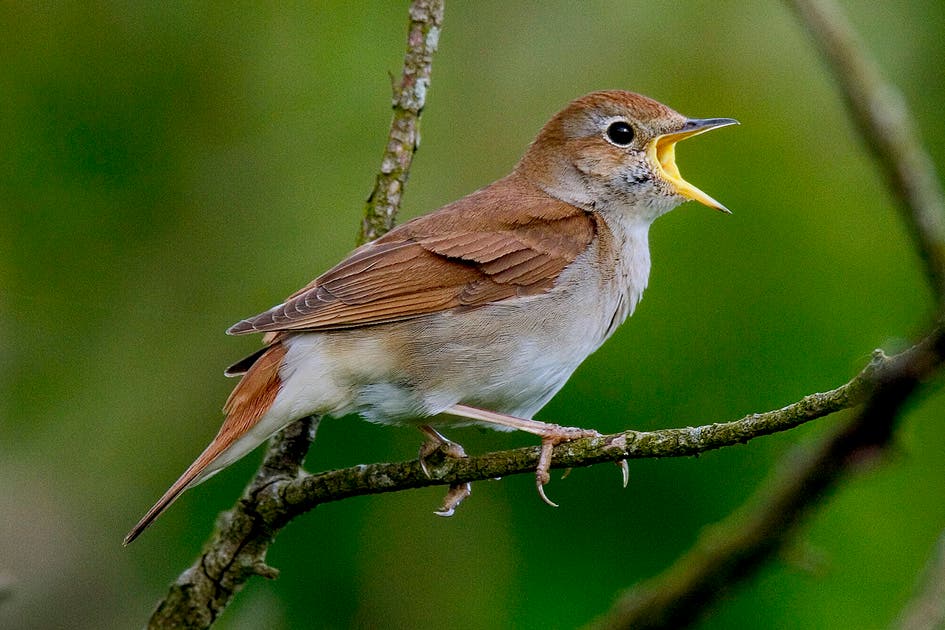The common nightingale is one of the world’s most beloved songbirds and is capable of producing over 1,000 different sounds. It breeds in Europe and parts of Asia and migrates to sub-Saharan Africa. But, like many other species, it is being affected by climate change.

Natural selection driven by global warming is causing these iconic birds to evolve shorter wings, which might make them less likely to survive their annual migration, according to a new study by Spanish researchers.
The authors looked at the changes experienced in two populations of nightingales from central Spain over a 20-year period, focusing on the variation in the shape of the wings and the survival of the bids.
They discovered that the average wing length of the nightingales in relation to body size has decreased in the last two decades, affecting their ability to migrate. Birds with shorter wings were less likely to return to their breeding ground after their first-round trip to Africa.
In recent decades, the timing of spring has shifted in central Spain and summer droughts have become longer and more intense, leaving nightingales with a shorter window in which to raise their young, according to the researchers.
This means the most successful birds maybe those that lay smaller clutches of eggs, giving them fewer young to care for. And if natural selection is favoring smaller clutches, it may simultaneously push nightingales away from all of the linked traits in the “migratory gene package.”
“Our results show that spring is delayed and the intensity of the summer drought is higher, which means a shorter optimal breeding period for the birds,” said Dr. Carolina Remacha, who led the study, in a statement. “We find the unique possibility that shorter wings are being favoured.”
The researchers believe that birds like the nightingale normally adapt to the demands of migration by having longer wings, larger clutch size, and a shorter lifespan. However, the changing temperatures are interfering with this and provoking a response from the birds.
Faced with a shorter breeding season, Remacha and the group of researchers believe the most successful birds are having smaller families with smaller wings. Nevertheless, these adaptations are likely to come at a price, they argued.
“If these changes are the response to the new environment, then obviously the ones that have been selected, the ones with shorter wings, are the optimal nightingales for the new situation,” said co-author Prof Javier Perez-Tris also from Complutense University.
One in every four species currently faces extinction and much of their vulnerability is linked to climate change, which brings higher temperatures, sea-level rise, more variable conditions, and more extreme weather, among many other effects. Animals react to climate change in three ways: they can move, adapt, or die. Many are moving to higher elevations and latitudes to escape warming temperatures, but climate change may be happening too quickly for most species to outrun it.
The study was published in The Auk: Ornithological Advances.









